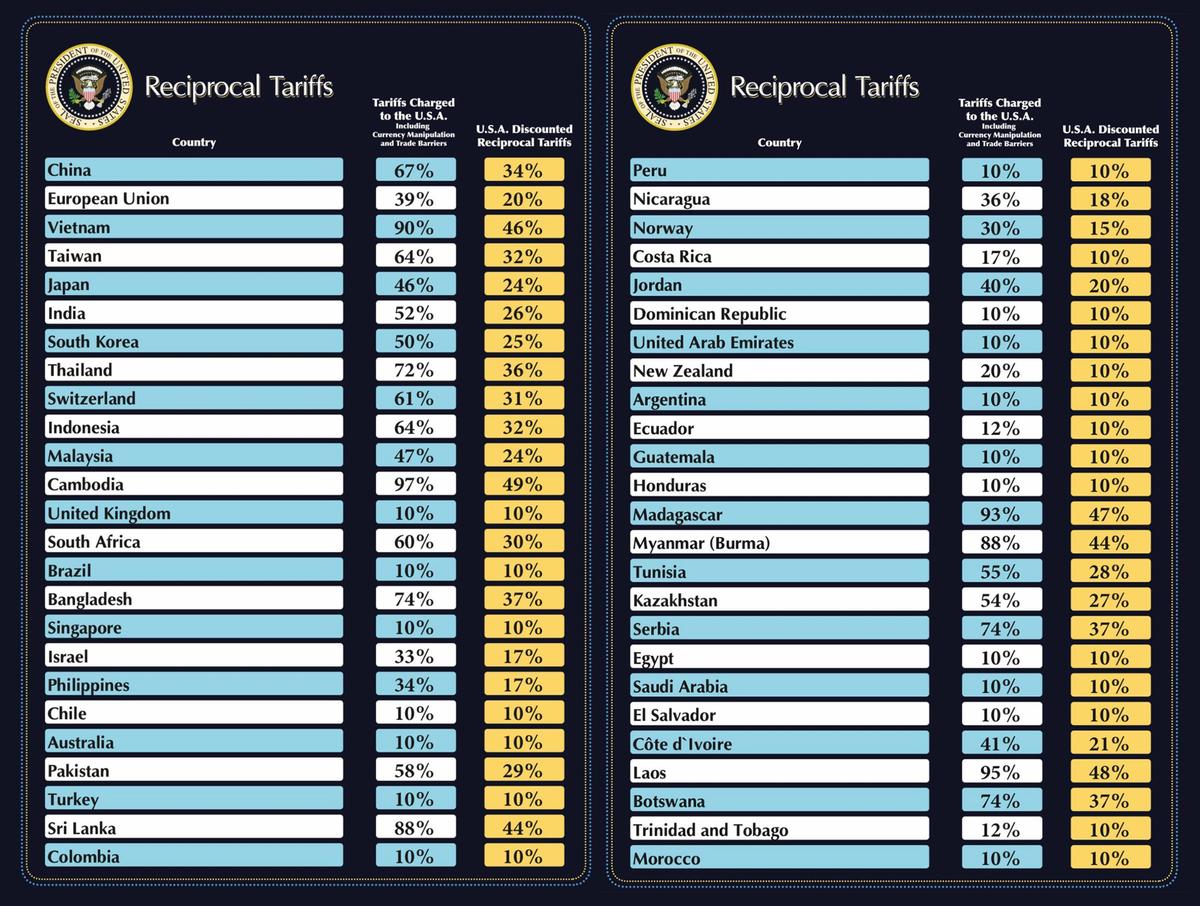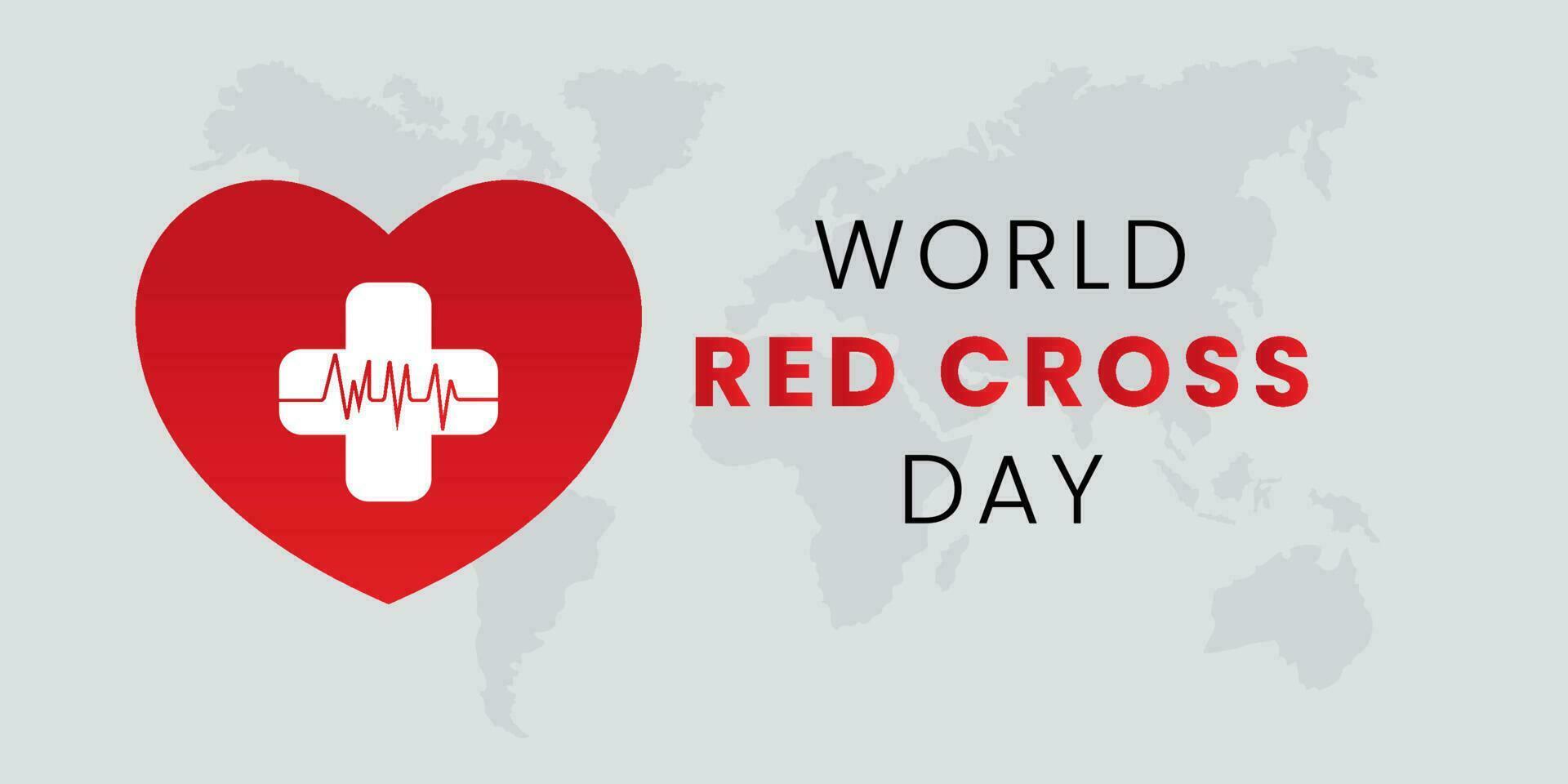Reciprocal Tariffs: Donald Trump’s “Liberation Day” and the Announcement of Reciprocal Tariffs- On April 2, US President Donald Trump marked a bold statement on what he dubbed as America’s “Liberation Day,” announcing a dramatic new policy designed to shake up the global trading landscape—“reciprocal tariffs” against all of America’s major trading partners. This statement, coming from a figure known for his unorthodox approach to economic matters, raises critical questions about the future of international trade and its impact on the US economy.
The Context: America’s Trade Deficit
To understand the magnitude of Trump’s announcement, it’s important first to consider the state of the US economy and its relationship with global trade. The US has long faced a significant trade deficit—a situation in which it imports more goods and services than it exports. Currently, this deficit hovers around a staggering $1.2 trillion, a figure that represents the difference between the value of goods the US imports and those it exports.
A trade deficit of this magnitude means that for every dollar the US makes through exporting goods, it is spending a dollar and more importing goods from other nations. In simpler terms, the US is consuming more than it is producing, at least when it comes to the exchange of goods across borders. While this might not immediately appear catastrophic—since deficits can be financed through borrowing or foreign investment—the long-term effects of a continually growing trade deficit can strain a nation’s financial stability, influence currency values, and impact domestic industries.
What Are Reciprocal Tariffs?
The idea of “reciprocal tariffs” is rooted in the concept of fairness in trade. When President Trump refers to these tariffs, he’s suggesting that the US will impose tariffs on goods imported from other countries, but only in response to tariffs that those countries have already placed on American goods. Essentially, if a trading partner imposes a tariff on US goods, the US would impose an equivalent tariff on goods from that country, aiming to level the playing field.
This approach is often associated with the economic philosophy of “protectionism,” where a country takes steps to safeguard its domestic industries by limiting foreign competition, often through tariffs, quotas, or other trade barriers. Trump’s “reciprocal tariffs” would theoretically force countries to lower their tariffs or risk facing tariffs in return, which could lead to more balanced trade flows.
Tariff Details: Who Will Be Impacted the Most?
The reciprocal tariff policy could have far-reaching consequences, particularly for key trading partners. Below are some of the nations and sectors that would likely be impacted the most by these tariffs, along with estimated percentages of trade that might be affected:
1. China – 34% Tariff
China and the U.S. had one of the most high-profile trade disputes in modern history, especially under the Trump administration. The U.S. imposed tariffs on a wide range of Chinese goods, including electronics, machinery, and consumer products, with tariffs reaching as high as 25-30% for many categories. The 34% figure you mentioned could reflect specific sectors such as electronics or certain industrial goods, but in general, tariffs against China were part of the broader trade war.
China responded with its own tariffs on U.S. goods, leading to a significant escalation in trade tensions. The U.S. accused China of unfair trade practices, including intellectual property theft and forced technology transfers, which Trump’s tariffs aimed to counter. After extensive negotiations, the two countries signed a Phase One trade deal in January 2020, but tensions remained high.
2. India – 26% Tariff
India, like many developing countries, has historically imposed high tariffs on imported goods, especially on items like electronics, machinery, and agricultural products. Under Trump, India faced pressure to lower these tariffs. The 26% figure likely refers to an average tariff on U.S. exports, particularly in sectors like medical devices, high-tech equipment, and agricultural products. India’s tariffs were seen as a barrier to U.S. exports in several industries.
In response, the U.S. imposed tariffs on Indian steel and aluminum, as well as withdrawing preferential trade status for India under the Generalized System of Preferences (GSP) program in 2019. In some cases, the tariffs were targeted at specific goods, like motorcycle imports, which the U.S. accused India of taxing unfairly.
3. European Union (EU) – 20% Tariff
The European Union is one of the largest economic blocs in the world, and while its overall tariffs are lower than those of many other nations, they still posed significant challenges for U.S. exporters. The 20% tariff figure likely refers to a standard tariff on certain products like agricultural goods, automobiles, and aircraft components. The U.S. and EU were involved in several trade disputes during Trump’s presidency, particularly in sectors like aerospace (Boeing vs. Airbus), agricultural products, and steel.
In 2018, Trump imposed tariffs on steel and aluminum imports from the EU, and the EU retaliated with tariffs on U.S. products, including whiskey and motorcycles. A broader trade deal aimed at reducing these tensions was negotiated but never fully implemented.
4. Vietnam – 46% Tariff
Vietnam’s economic rise as a manufacturing hub in recent years has been significant. Many U.S. companies have shifted production to Vietnam to circumvent tariffs on Chinese goods during the trade war. Vietnam’s 46% tariff figure is notably high and likely applies to certain sectors such as footwear, textiles, and electronics.
Trump’s administration was concerned that Vietnam was engaging in currency manipulation to make its exports cheaper, and there were also concerns about the volume of Vietnamese imports that might be disguised as goods originating from China. This led to further scrutiny of Vietnam’s trade practices, including the threat of tariffs.
5. Cambodia – 49% Tariff
Cambodia, a smaller economy compared to others in Southeast Asia, had tariffs that were relatively high on some goods. The 49% tariff figure could reflect higher duties on products like textiles or agricultural goods. These tariffs were part of broader regional trade disputes where the U.S. took issue with countries imposing barriers to American goods, as well as labor and human rights practices in certain countries.
While Cambodia didn’t receive as much attention in the U.S.-China trade conflict, it faced increased scrutiny because of its growing trade with China. This raised concerns about Cambodia’s trade relations and whether it was becoming a conduit for Chinese products that were avoiding U.S. tariffs.
6. Taiwan – 32% Tariff
Taiwan is a crucial partner in the technology and semiconductor industries. Its tariffs, particularly in the context of the 32% tariff, could apply to specific high-tech products and machinery. Taiwan faced heightened tensions with the U.S. because of the broader tech rivalry with China, particularly in areas like semiconductors and intellectual property. Tariffs on Taiwanese goods were seen as a leverage point in trade discussions, especially in relation to China’s growing influence in the tech sector.
7. Japan – 24% Tariff
Japan, one of the U.S.’s key allies in Asia, has historically had lower tariffs than many countries but still faced challenges under the Trump administration. The 24% tariff was likely applied to certain agricultural products, automobiles, and other goods. Japan and the U.S. engaged in a series of trade negotiations aimed at reducing trade imbalances, particularly regarding Japanese automobiles, which Trump frequently criticized for being imported in large numbers to the U.S. while facing relatively limited barriers to American car exports in Japan.
Japan and the U.S. did enter into a trade deal in 2019, which focused on reducing tariffs on agricultural products and digital trade, though Japan was careful to balance its relationships with both the U.S. and China.
Global Economic Impact
The global economy is intricately linked through trade. Therefore, a widespread tariff war could have cascading effects:
In many cases, the countries affected by U.S. tariffs have imposed their own retaliatory tariffs, creating a “trade war” dynamic that has ripple effects across the global economy:
-
Retaliatory Tariffs: Countries like China, the European Union, Canada, and Mexico have imposed their own tariffs on U.S. exports. U.S. agricultural products (e.g., soybeans, pork) and industrial goods (e.g., airplanes, cars) have been some of the most affected. This retaliation has damaged U.S. exports, hurting farmers, manufacturers, and other sectors of the economy.
-
Economic Uncertainty: Trade wars create uncertainty for businesses and investors. Companies are less likely to invest in long-term projects if they fear further disruptions in trade. This uncertainty has led to volatility in global financial markets, particularly in sectors sensitive to trade policies (like tech and agriculture). This has caused stock market fluctuations and slowed down economic growth in some regions.
-
Reduction in Global Trade Volumes: As a result of these trade wars, global trade volumes have been negatively impacted. The World Trade Organization (WTO) has estimated that global trade growth has slowed during the period of intense tariff impositions, with certain regions (especially East Asia) seeing a contraction in trade.
How Did the Channel Tunnel Connect the UK and France? | Maya
In Summary
Donald Trump’s announcement of reciprocal tariffs on America’s trading partners introduces a new layer of complexity to an already delicate international trade environment. While the idea of levying tariffs to balance trade flows may seem appealing to some, it comes with significant risks, including trade wars, higher prices for consumers, and potential harm to both US businesses and global relations. Whether this policy would be an effective solution to the US trade deficit remains to be seen, but it is clear that trade policy will continue to be a point of contention in the years to come.
As global trade dynamics evolve, the question remains: How can nations best address trade imbalances without resorting to measures that might escalate tensions and ultimately hurt consumers and businesses? The answers may lie in more nuanced and cooperative approaches, but for now, reciprocal tariffs have thrown a new wrench into the gears of global commerce.




